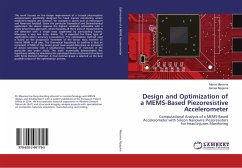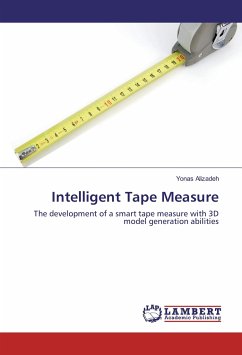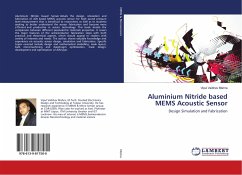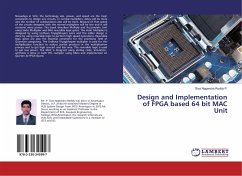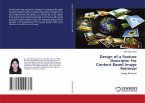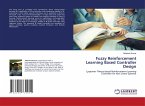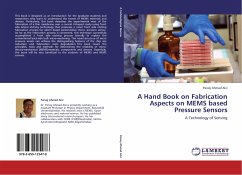This work focuses on the design improvement of a tri-axial piezoresistive accelerometer specifically designed for head injuries monitoring where medium-G impacts are common, for example in sports such as motorsport and American football. Given the particular biomedical and biomechanical application the device requires the highest sensitivity achievable with a single proof mass approach, where basically all three axes of measurements are detected with a single mass suspended by surrounding beams. Moreover, a very low error, below 1%, is expected for these type of applications where accuracy is paramount. The optimization method used is based on the progressive increment of the sensor mass moment of inertia (MMI) in all axes. The theoretical hypothesis to confirm is that an increment of MMI of the device proof mass would determine an increment of device sensitivity with a simultaneous reduction of cross-talk in the particular axis under study. The work numerically demonstrates the hypothesis validity by simulating the optimized device mechanical structures with Finite Element Method. A final optimal shape is selected as the best possible output of the optimization process.
Bitte wählen Sie Ihr Anliegen aus.
Rechnungen
Retourenschein anfordern
Bestellstatus
Storno

